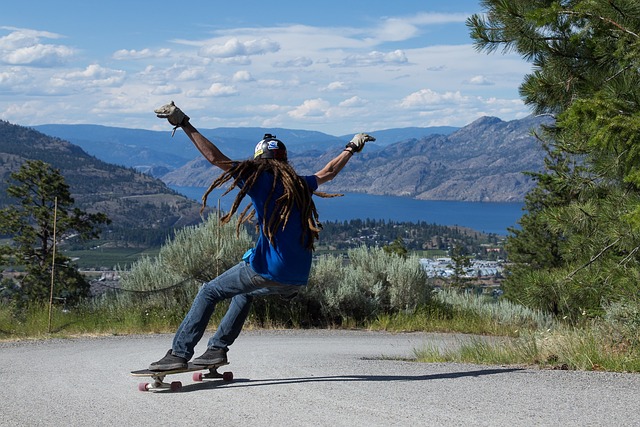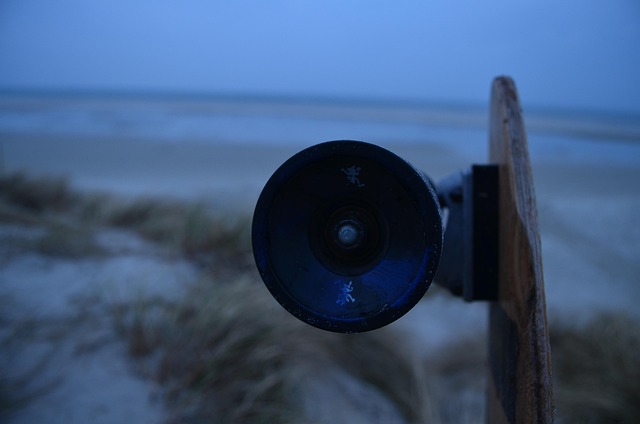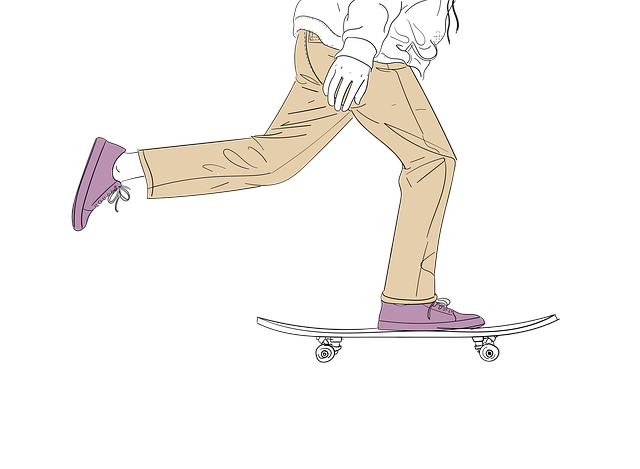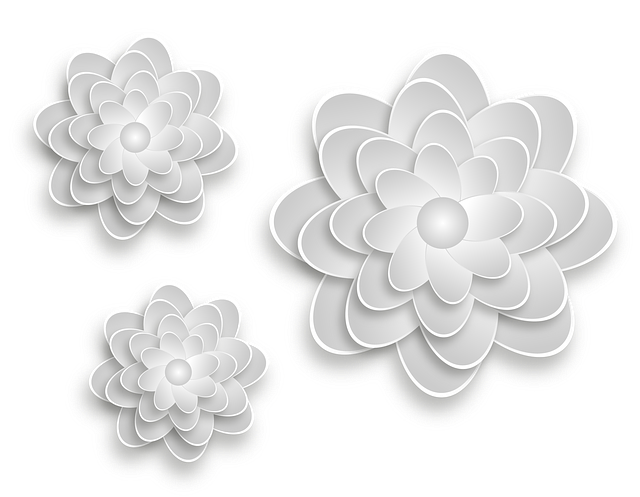Choosing the right longboard as a newbie is vital for an enjoyable cruising experience. Look for boards with gentle curves, suitable wheel sizes, and stable deck shapes for versatile navigation. Opt for decks made from flexible yet durable materials like maple or bamboo, and high-quality trucks for better steering control. A beginner's longboard should be adaptable to skill development, allowing for continuous progression in cruising adventures. Master balance, carving turns, and braking techniques for confidence on various terrains, from urban streets to diverse surfaces. Prioritize board selection based on height, preferred style, and comfort for a safe, enjoyable longboarding journey.
“Embark on a journey towards mastering the art of longboarding with our comprehensive guide designed explicitly for beginners. Discovering the perfect longboard alignment for your needs is the first step, followed by understanding fundamental techniques like standing and balancing.
Learn steering secrets, master speed control, and navigate various terrains with confidence. This ultimate resource ensures a smooth cruising experience, transforming every ride into a balanced, enjoyable adventure for new longboarders.”
Choosing the Right Longboard for Your Needs

When it comes to choosing a longboard, particularly if you’re a beginner, selecting the right board is paramount to ensuring a smooth cruising experience. The market offers a diverse range of options catering to various skill levels and preferences. For newcomers, it’s advisable to opt for a board that balances versatility and ease of use. Look for boards designed with gentle curves, suitable wheel sizes, and a stable deck shape—these features make them ideal for navigating different terrains, from smooth city streets to light off-road paths.
A longboard for beginners should also prioritize comfort and control. Deck materials play a significant role here; a combination of flexible yet durable materials like maple or bamboo provides a responsive ride while minimizing the impact of cracks and damages. Additionally, consider the trucks’ quality; precision-engineered trucks offer better steering precision and allow for smoother turns. Remember, the right longboard should adapt to your riding style and growing skills, ensuring you can enjoy a continuous progression in your cruising adventures.
Understanding the Basics of Longboarding

Longboarding is an exhilarating and accessible way to experience cruising, especially for beginners looking to navigate urban landscapes. A longboard for beginners typically features a longer deck than traditional skateboards, providing stability and an easier learning curve. This design allows riders to glide effortlessly, making it ideal for commuting or simply enjoying the ride.
For those new to longboarding, understanding basic techniques is key. Beginners should focus on finding their balance, mastering the art of carving turns, and learning how to brake effectively. With practice, these fundamental skills will enable riders to confidently cruise through parks, along boardwalks, or even navigate city streets, creating a smooth and enjoyable journey.
Mastering the Art of Standing and Balancing

Mastering the art of standing and balancing is a crucial step in your longboard journey, especially for beginners. It’s all about finding your center of gravity and learning to distribute your weight evenly on the board. Start by practicing on a flat, open space, preferably with minimal traffic, so you have ample room to maneuver. Begin in a stationary position, then gently rock back and forth to get a feel for how the board responds to your movements.
As you gain confidence, introduce slight inclines and practice maintaining your balance while cruising at low speeds. Use your arms for stability, keeping them close to your body, and adjust your stance accordingly. Remember, it’s better to start slow and build up your skills gradually. A longboard for beginners is designed with a wider base and softer wheels, making it more stable and ideal for mastering these fundamental techniques.
Techniques for Steering and Turning Smoothly

When cruising on a longboard for beginners, achieving smooth steering and turning is key to an enjoyable ride. One effective technique is to utilize your body weight and balance. Leaning slightly into a turn helps create centripetal force, making the board curve smoothly. This simple yet powerful method requires practice to master but significantly enhances control and stability.
Additionally, beginners can benefit from practicing slow and controlled turns. By gradually leaning and applying pressure, you allow yourself more time to adjust and correct any mistakes. This deliberate approach not only improves your ability to navigate corners but also boosts confidence on the board, ensuring a smoother cruising experience overall.
Enhancing Your Cruise with Speed Control

Enhancing Your Cruise with Speed Control
For newcomers to the world of cruising, especially those exploring options like a longboard for beginners, mastering speed control is an essential skill. It allows you to navigate different terrains and adapt to various conditions, from gentle coastal paths to more challenging mountain trails. By adjusting your pace, you can ensure a smooth and controlled ride, enhancing your overall cruising experience.
This technique involves understanding how to modulate your speed based on factors like incline, surface texture, and weather. For instance, when tackling a steep ascent, slowing down gives you better control and reduces the risk of loss of balance or velocity that could lead to an accident. Similarly, on wet or slippery surfaces, reducing speed significantly improves traction and stability. With practice, you’ll learn to anticipate these adjustments, making your cruising more enjoyable and safe.
Navigating Different Terrains: From Paved Roads to Sidewalks

Navigating different terrains is an essential skill for any longboarder, especially beginners. When transitioning from paved roads to sidewalks, it’s crucial to adjust your speed and stance accordingly. Sidewalks often present unique challenges, like cracks, uneven surfaces, and sudden stops, requiring a more delicate touch on the brakes and a keen awareness of pedestrians.
For newcomers to longboarding, practicing on varied surfaces will enhance their balance and control. It’s an opportunity to learn how to adapt your riding style, ensuring a smooth cruising experience no matter where you go. A longboard for beginners designed with versatility in mind can make this transition smoother, providing stability and maneuverability across different terrains.
Tips for Maintaining a Comfortable and Confident Ride

When cruising on a longboard for beginners, comfort and confidence go hand in hand. To ensure a smooth ride, start by choosing a board that suits your height and riding style. Deck shape and size play a significant role in stability and maneuverability, so select one designed for ease of use. Additionally, invest in good quality wheels; softer wheels offer a smoother ride on rough surfaces while providing better grip for turns. Regularly maintain your longboard, keeping the bearings well-lubricated for hassle-free turning.
Wear appropriate footwear with adequate ankle support to boost confidence and control. Beginners should practice balancing by pushing off gently and focusing on a straight line. Gradually build up speed as you gain comfort. Remember, cruising is about enjoying the ride, so take your time, stay alert, and embrace the journey.
